Urban legends often send shivers down our spines, but what’s truly frightening is when these tales have roots in reality.
Some of our most bone-chilling stories started with actual events before being twisted and exaggerated through retellings.
From mysterious deaths to terrifying figures lurking in the shadows, these legends remind us that truth can be stranger—and scarier—than fiction.
1. The Faceless Night Walker
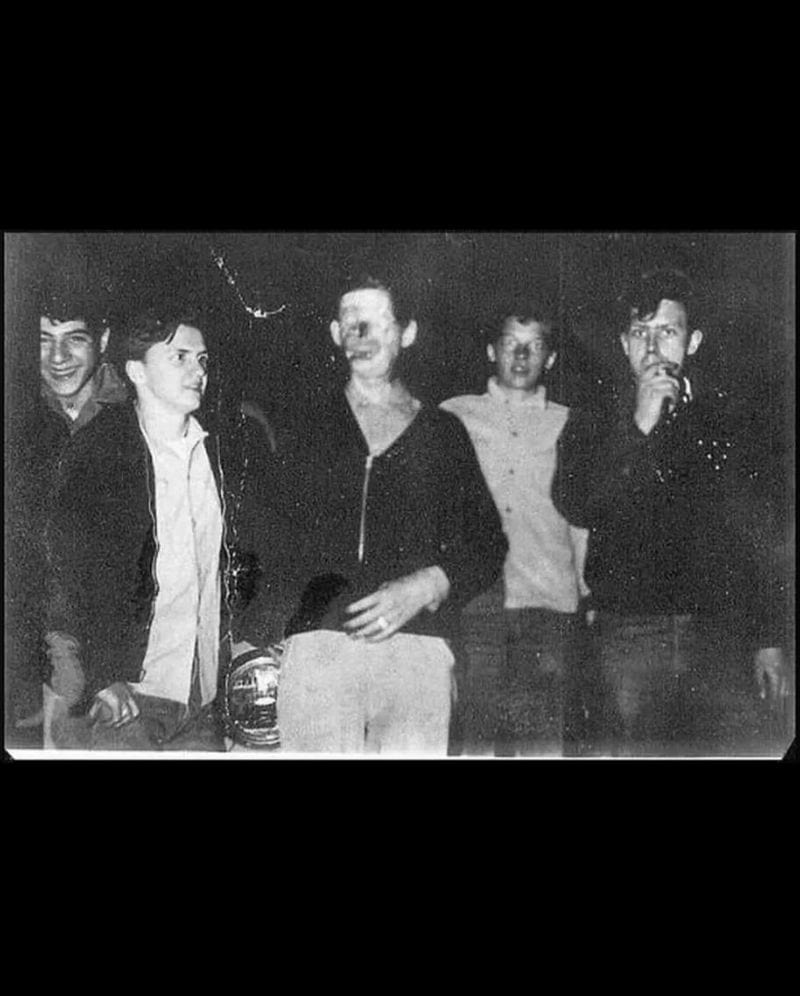
Raymond Robinson wasn’t a monster, but his disfigured face launched the legend of ‘Charlie No-Face.’ After a horrific electrical accident as a child, Robinson lost his eyes, nose, and one arm.
His facial injuries were so severe that he chose to walk only at night to avoid frightening others. Pennsylvania locals who spotted him during his nocturnal strolls spread stories of a glowing, faceless creature haunting the roadways.
Some teenagers would drive around hoping to catch a glimpse of the legendary figure. Unlike most urban legends, Robinson was reportedly kind to respectful visitors who approached him during his walks, often exchanging small talk for cigarettes or beer.
2. The Boogeyman of Staten Island
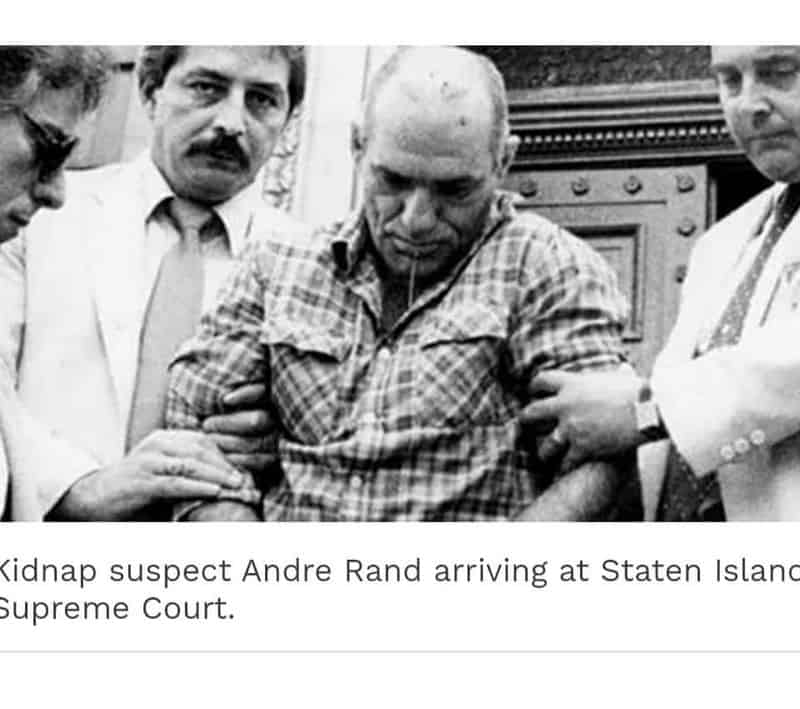
Parents on Staten Island would warn their children about ‘Cropsey,’ a crazed escaped mental patient who would snatch kids who wandered too far from home.
What began as a cautionary tale morphed into horrifying reality when Andre Rand, a former janitor at Willowbrook State School, was convicted of kidnapping children in the area. Rand lived in a makeshift camp near the abandoned Willowbrook facility, which had been shut down for patient abuse.
The disappearances of multiple children in the 1970s and 1980s were linked to him, though not all cases were solved. The Cropsey legend and Rand’s crimes became so intertwined that a documentary exploring both was released in 2009.
3. The Hotel Water That Tasted Wrong

Guests at Los Angeles’ Cecil Hotel complained about strange-tasting, discolored water flowing from their taps. Hotel staff dismissed these complaints until maintenance checked the rooftop water tanks in 2013.
Inside one tank, they discovered the decomposing body of Elisa Lam, a 21-year-old Canadian student who had gone missing weeks earlier. Security footage showed Lam behaving erratically in the elevator before her disappearance, appearing to hide from someone unseen.
Her death was ultimately ruled accidental, though many questions remain unanswered. This real tragedy echoes the urban legend about finding dead bodies in hotel beds or water systems, proving some nightmares come true.
4. The Killer Behind the Mirror
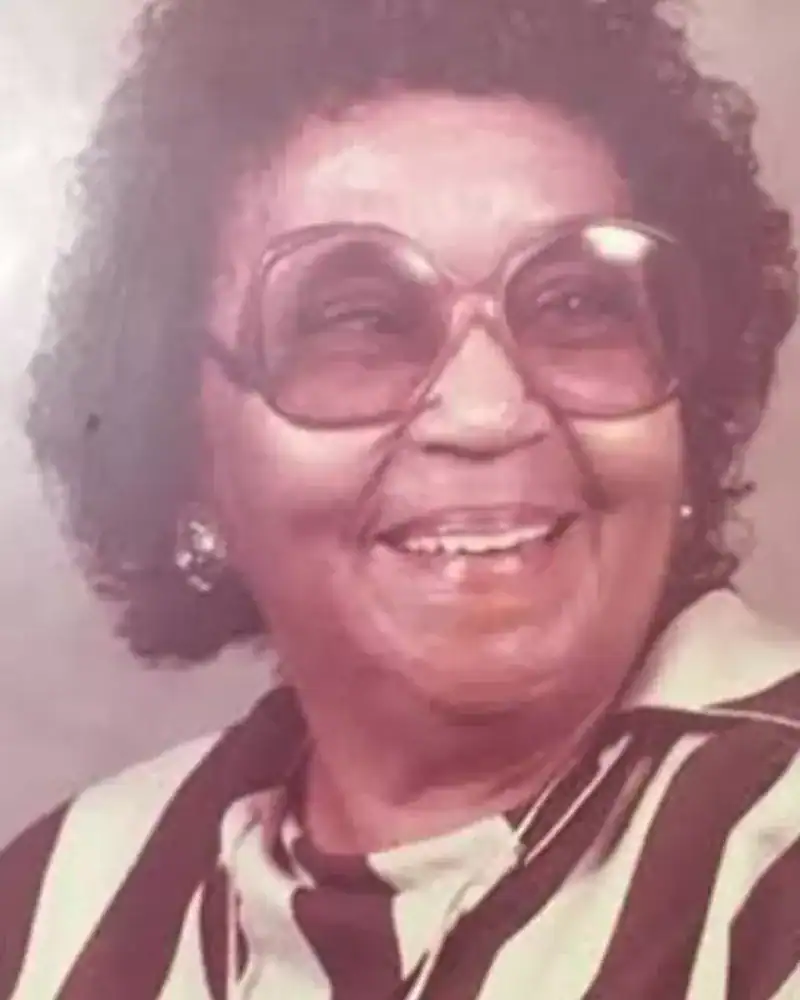
“Don’t go near the medicine cabinet at night” became a whispered warning in Chicago’s public housing after Ruthie Mae McCoy’s murder. In 1987, McCoy called police reporting someone trying to break into her apartment through her bathroom cabinet.
Officers arrived but left when no one answered her door. Her body was discovered days later, shot multiple times. Investigators found that in her building, medicine cabinets were installed back-to-back between apartments with only a thin wall separating them.
Remove one cabinet, and you could crawl through to the neighboring unit. This horrifying murder inspired both urban legends and the 1992 horror film ‘Candyman.’
5. The Monsters of the Deep
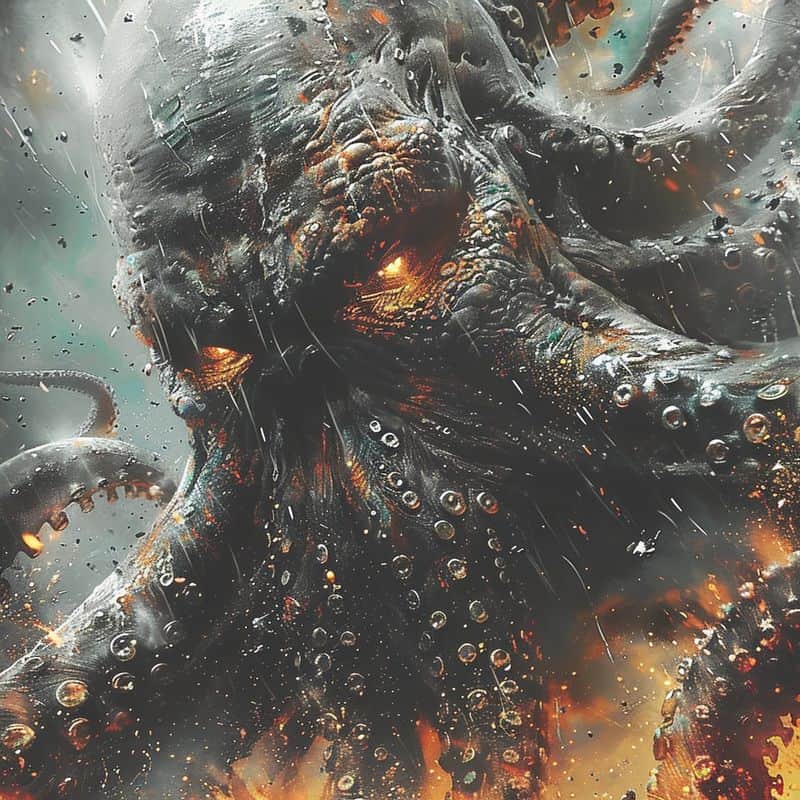
Sailors’ tales of massive tentacled beasts dragging ships into the abyss were dismissed as drunken exaggerations for centuries. Science has since proven these mariners weren’t just spinning yarns – giant squids are absolutely real, growing up to 40 feet long with eyes the size of dinner plates.
The first complete giant squid specimen wasn’t photographed alive until 2004, but carcasses washing ashore provided evidence of their existence long before.
These deep-sea creatures rarely venture to shallow waters, preferring depths of 1,000 feet or more. Many cryptozoologists believe sea monster legends like the Kraken were based on rare giant squid sightings by early seafarers.
6. The Slender Man Stabbing

The Slender Man began as an internet creation – a tall, faceless figure in a black suit who stalked children. This fictional character leapt horrifyingly into reality in 2014 when two 12-year-old Wisconsin girls lured their friend into the woods and stabbed her 19 times, claiming they did it to please the Slender Man.
Miraculously, the victim survived after crawling to a road and being discovered by a passing cyclist. The attackers told police they believed Slender Man was real and that killing would make them his “proxies” and prove his existence.
This shocking case highlighted the potential dangers when vulnerable minds blur fiction with reality, creating a modern legend from a tragic crime.
7. The Bunny Man Bridge

Virginia’s Colchester Overpass earned its nickname “Bunny Man Bridge” from a bizarre 1970 incident. A man wearing a bunny costume reportedly attacked a couple in their car with an axe, screaming about trespassing.
Another similar attack was reported weeks later. The legend grew to include an escaped mental patient who murdered rabbits and hung their carcasses from the bridge. Local historians traced the story’s origins to an actual asylum that supposedly existed nearby, though records of such a facility are disputed.
While the full truth remains elusive, police reports confirm the original bunny-suited attacker incidents, proving this creepy rabbit tale hopped from fact to folklore.
8. The Poisoned Halloween Candy
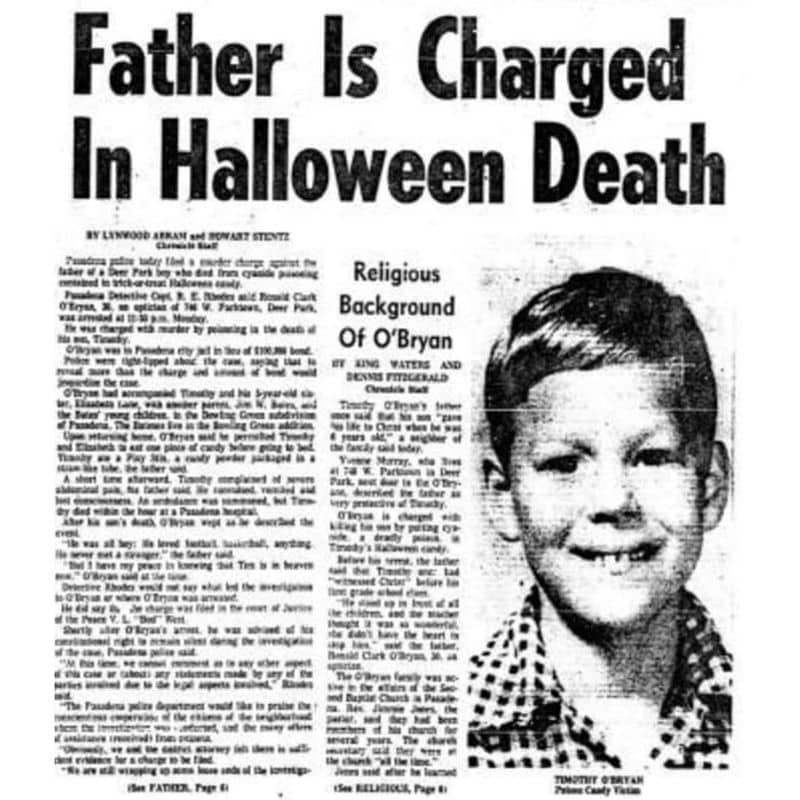
Parents anxiously inspect their children’s Halloween hauls because of stories about razor blades in apples and poisoned treats. While most tampering tales are myths, this fear stems from a real tragedy – Ronald Clark O’Bryan poisoning his own son with cyanide-laced Pixy Stix in 1974.
O’Bryan, nicknamed the “Candy Man” or “Man Who Killed Halloween,” gave the tainted candy to his son and other children to disguise his murder as random poisoning.
His motive? Collecting life insurance money. The other children fortunately never ate the candy, but 8-year-old Timothy O’Bryan died. His father was executed in 1984, but the lasting legacy was nationwide Halloween candy panic.
9. The Hookman’s Escape
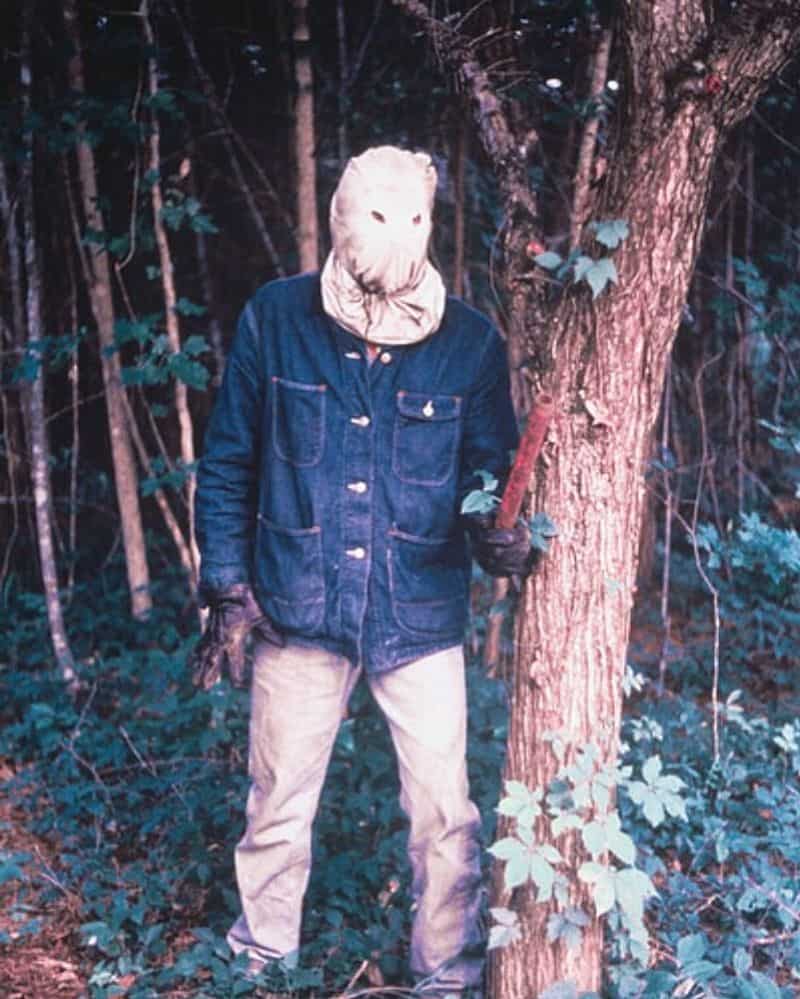
“The Hook” is a classic teenage cautionary tale: lovers parking at a secluded spot hear radio warnings about an escaped mental patient with a hook for a hand. The girl insists they leave, and later, they find a bloody hook attached to their car door handle.
This legend likely originated from a real 1946 double murder in Texarkana, where a killer attacked couples in parked cars at lover’s lanes. The “Phantom Killer” was never caught after murdering five people and injuring three others over ten weeks.
The case inspired the 1976 film “The Town That Dreaded Sundown” and transformed into various hook-handed boogeyman stories warning teenagers about the dangers of isolated parking spots.
10. The Killer in the Backseat
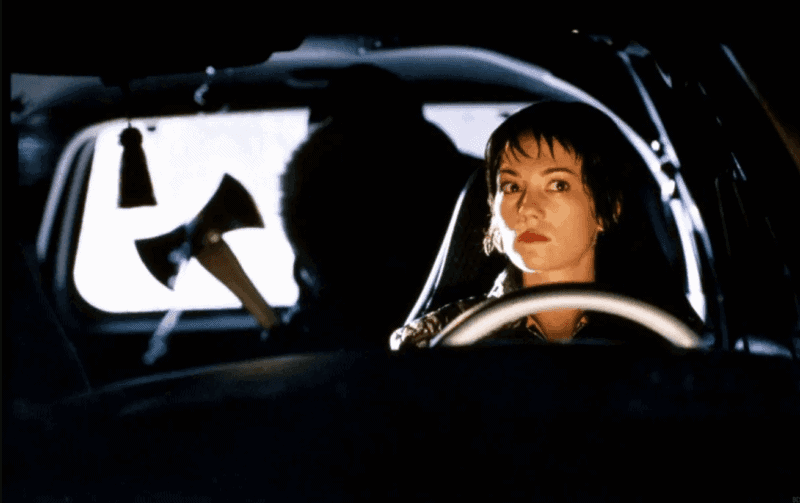
The story seems like classic fear-mongering: a woman driving alone notices a truck following closely, flashing its high beams. When she finally stops, the truck driver explains he was trying to warn her about a man hiding in her backseat.
This urban legend has roots in real crimes, including the 1964 murder of New York woman Irene Garza, who was killed by a man hiding in her car. Similar cases have occurred sporadically throughout the decades.
Law enforcement agencies have confirmed multiple instances of criminals hiding in vehicles’ backseats, leading to safety campaigns advising people to check their cars before entering – proving this particular urban legend serves as a legitimate warning.

